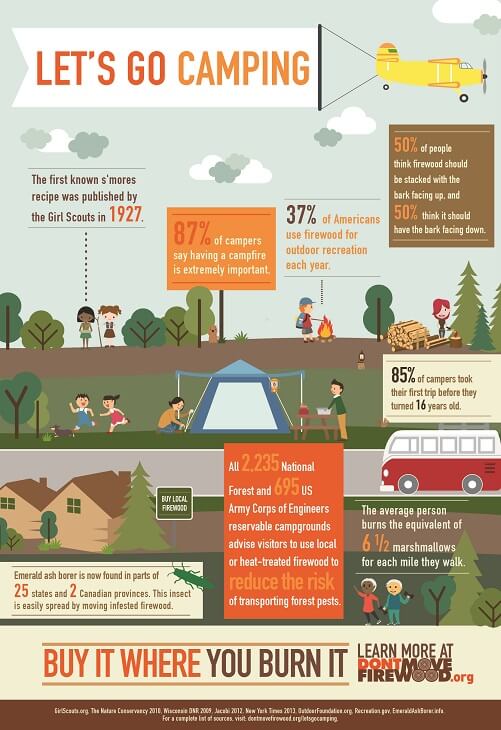A selection of factors can influence evening skies photography. From weather to upcoming celestial occasions, you'll intend to prepare ahead to ensure success.
What is the difference between glamping and camping?
The shutter rate you choose figures out whether stars look like precise pin-points or route throughout the image. A good guideline is to limit the direct exposure to 500 seconds, or the equivalent of your lens's focal length.
Place
One of one of the most important consider a great picture is where you take it. Go for areas with marginal light air pollution, and stay clear of places that have brilliant city lights and skyscrapers.
Additionally, look for a place that provides foreground aspects to create structures with. For instance, dune patterns, wind-sculpted ridges and rough outcrops can all provide fascinating foreground elements to assist inform the tale of your evening sky photograph.
It is additionally practical to research study huge occasions such as meteor showers and lunar eclipses to maximize opportunities for wonderful images. Utilizing a tool such as the Photographer's Ephemeris can be extremely useful when intending your shoots. It assists you to identify moon stages, Milky Way placement and various other astronomical events. Likewise, take into consideration shooting in RAW layout instead of JPEG as this offers you more adaptability when processing the images. This is specifically true if you intend to print your pictures.
Video camera Setups
Getting the ideal camera setups is necessary for any type of picture, however specifically so for night skies photos. A wide-angle lens is best for catching more of the Galaxy and reducing star tracks, as well as a much longer shutter speed to quit the movement of celebrities and expose their information.
For a maximum level of quality, permanent tent shoot in RAW style as opposed to JPEG, which enables you to maintain even more data and gives flexibility during post-processing. This can additionally include in file size, so see to it you have a lot of storage space and extra sd card accessible.
Establish your focus to hands-on concentrating by flipping the AF/MF switch on your lens into MF setting. You may need to take a few test shots and check the picture playback on your cam's LCD display up until you accomplish best, determine hands-on emphasis. It's a great idea to do this during the day with your selected lens and the location you will be shooting at night, to verify the precision of your focus setup.
Lighting
A good night skies photo needs the right problems. This includes a dark sky, yet also an intriguing foreground element such as a hill coming up, a lake to reflect the stars, or a human component like a barn or shed. You can even utilize a headlamp to brighten the foreground and add some drama or deepness to your photo.
One of the most crucial electronic camera setups for evening skies photography are the aperture and shutter rate. The bigger the aperture, the a lot more light that gets to the sensing unit. This allows you to catch brilliant stars in a relatively brief quantity of time.
The shutter rate determines whether your celebrities will be pin-point ideal or if they will appear as star trails because of the Earth's rotation. Make sure to take several lengthy exposure shots and stack them in post-processing for the very best outcomes. Finally, shoot in RAW mode to give on your own optimal latitude in post-processing.
Structure
The secret to beautiful celebrity shots isn't a high-end telescope, a new wide-angle lens or a state-of-the-art Canon or Nikon electronic camera. It's method, planning and composition.
For beginners, hunt your shoot location beforehand to obtain a feel for the design and potential make-ups. Take into consideration including foreground components such as rocks, a lake or alpenglow on the landscape to add personality and interest to your photos.
Remember the Policy of Thirds when composing your pictures. This straightforward concept assists balance and link photos. It's likewise valuable for concentrating on points of interest in your image, such as rock functions or the Milky Way. Likewise, keep in mind to intend your shoots around moon stages-- capturing at a full moon can subdue stars and develop a silhouetted shape, while firing on nights with a new moon can help you see constellations more clearly.
What can I put on my tent floor?
